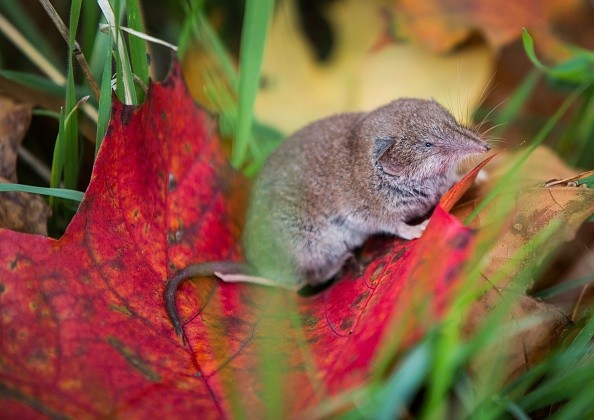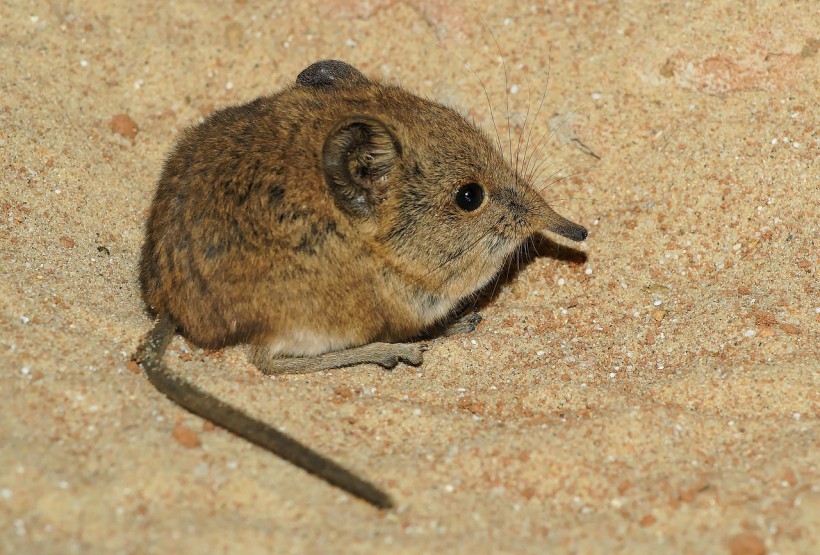Researchers recently made a significant discovery: 14 new shrew species, the newest mammals documented in a scholarly study since 1931. A team of scientists led by LSU mammologist Jake Esselstyn has discovered 14 new indigenous species of Indonesian shrews dwelling on the island of Sulawesi after a decade of research.

The discoveries are presented in a new edition of the Bulletin of the American Museum of Natural History paper titled "Fourteen New, Endemic Species of Shrew (Genus Crocidura) from Sulawesi Reveal a Spectacular Island Radiation."
Amazing Finding
Current LSU doctoral student Heru Handika and LSU alumnus Mark Swanson, as well as Anang Achmadi from the Indonesian Institute of Sciences in Cibinong, Indonesia, Thomas Giarla from Siena College in Loudonville, New York, and Kevin Rowe from Museums Victoria in Melbourne, Australia, joined Esselstyn on his research journey.
"It's an amazing finding, but it was difficult at times," said Esselstyn, associate professor in the Department of Biological Sciences and curator of mammals at the LSU Museum of Natural Science. "Normally, we discover one new species at a time, and it's a huge joy; but, in this case, it was overwhelming since we couldn't figure out how many species there were for the first several years."
Related Article: Microbes All Over the World are Evolving to Eat Plastics: Can They Solve Waste Pollution?
Fresh Data
After examining an enormous collection of genetic and morphological data from fresh specimens acquired between 2010 and 2018 and ancient specimens taken in 1916, a clearer picture began to emerge. The team analyzed approximately 1,400 samples in all, identifying 21 species in Sulawesi, including 14 new ones. Sulawesi presently has three times the variety of any other island in terms of shrew diversity.
Shrews are a complex group of animals with a practically worldwide distribution. So far, 461 species have been discovered. Hedgehogs and moles are closer cousins of these little insectivorous mammals than any other mammals.
Ecological and Evolutionary Concepts

This finding marks a watershed moment in Esselstyn's career. When he was a Ph.D. student at the University of Kansas, he was interested in investigating ecological and evolutionary concepts that could explain shrew diversity in Indonesia. In 2010, Esselstyn and Achmadi began trapping shrews on the island after earning their degrees, but they quickly found too many unrecorded species to prove their theories.
Taxonomy
Esselstyn is interested in examining the topographical, geological, and biological causes that have led to Sulawesi's exceptional biodiversity now that he thinks he has a grasp on the island's shrew variety.
"Taxonomy is the bedrock of so much biological study and conservation work," Esselstyn said. "If we don't know how many species there are or where they exist, our ability to comprehend and conserve life is severely constrained; therefore, we must catalog and identify that variety." "Imagine the unrecorded variety in less noticeable creatures if we can uncover this many new species in relatively well-known categories like mammals."
Also Read: Top 5 Most Destructive Invasive Species Today
For the most recent updates from the animal kingdom, don't forget to follow Nature World News!
© 2024 NatureWorldNews.com All rights reserved. Do not reproduce without permission.



![Venomous Centipede Could be Game-Changer and Save Lives of People with Kidney Disease [Study]](https://1471793142.rsc.cdn77.org/data/thumbs/full/70407/280/157/50/40/venomous-centipede-could-be-game-changer-and-save-lives-of-people-with-kidney-disease-study.jpg)

